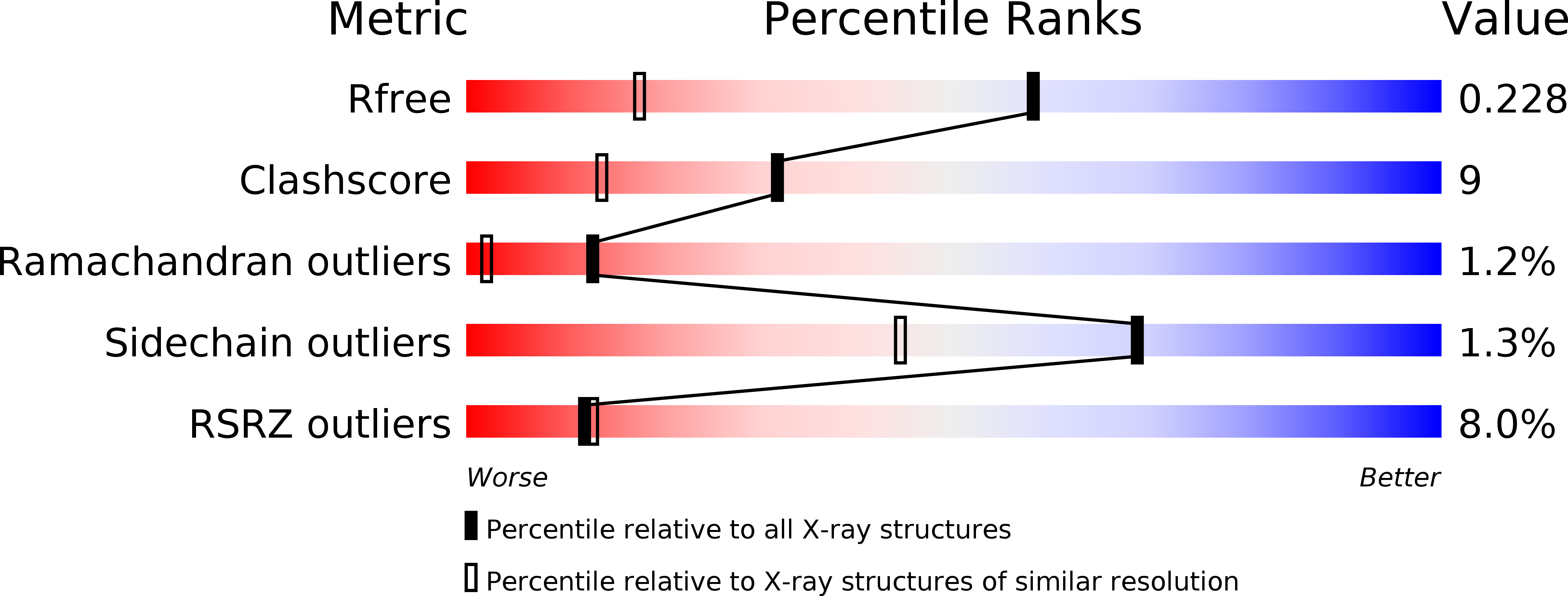
Deposition Date
2011-04-15
Release Date
2012-12-12
Last Version Date
2023-09-13
Entry Detail
PDB ID:
3RJS
Keywords:
Title:
Crystal structure of Dynein Light Chain 8a (DLC8) from Toxoplasma gondii at 1.5 A resolution
Biological Source:
Source Organism:
Toxoplasma gondii (Taxon ID: 5811)
Host Organism:
Method Details:
Experimental Method:
Resolution:
1.50 Å
R-Value Free:
0.21
R-Value Work:
0.19
R-Value Observed:
0.19
Space Group:
H 3 2


